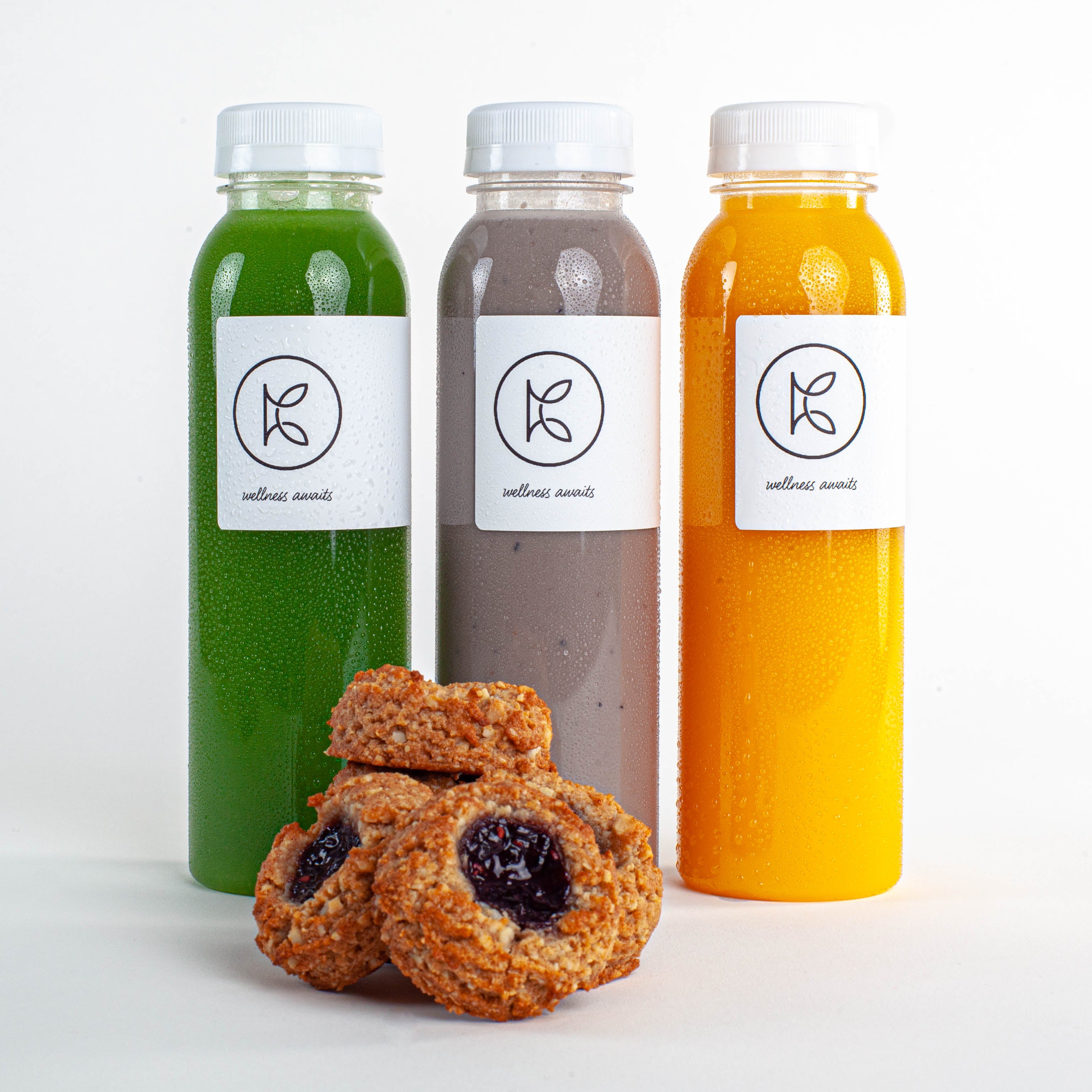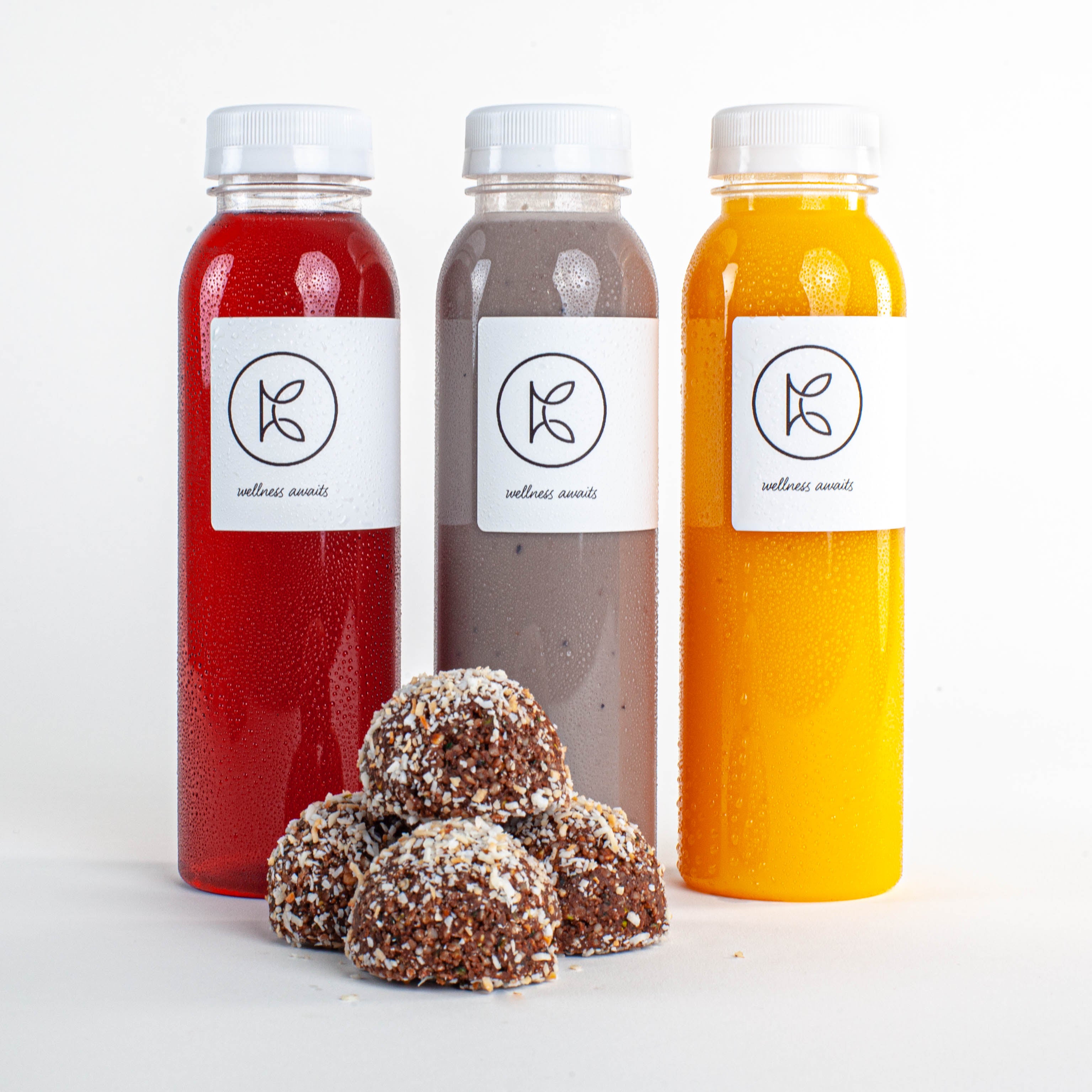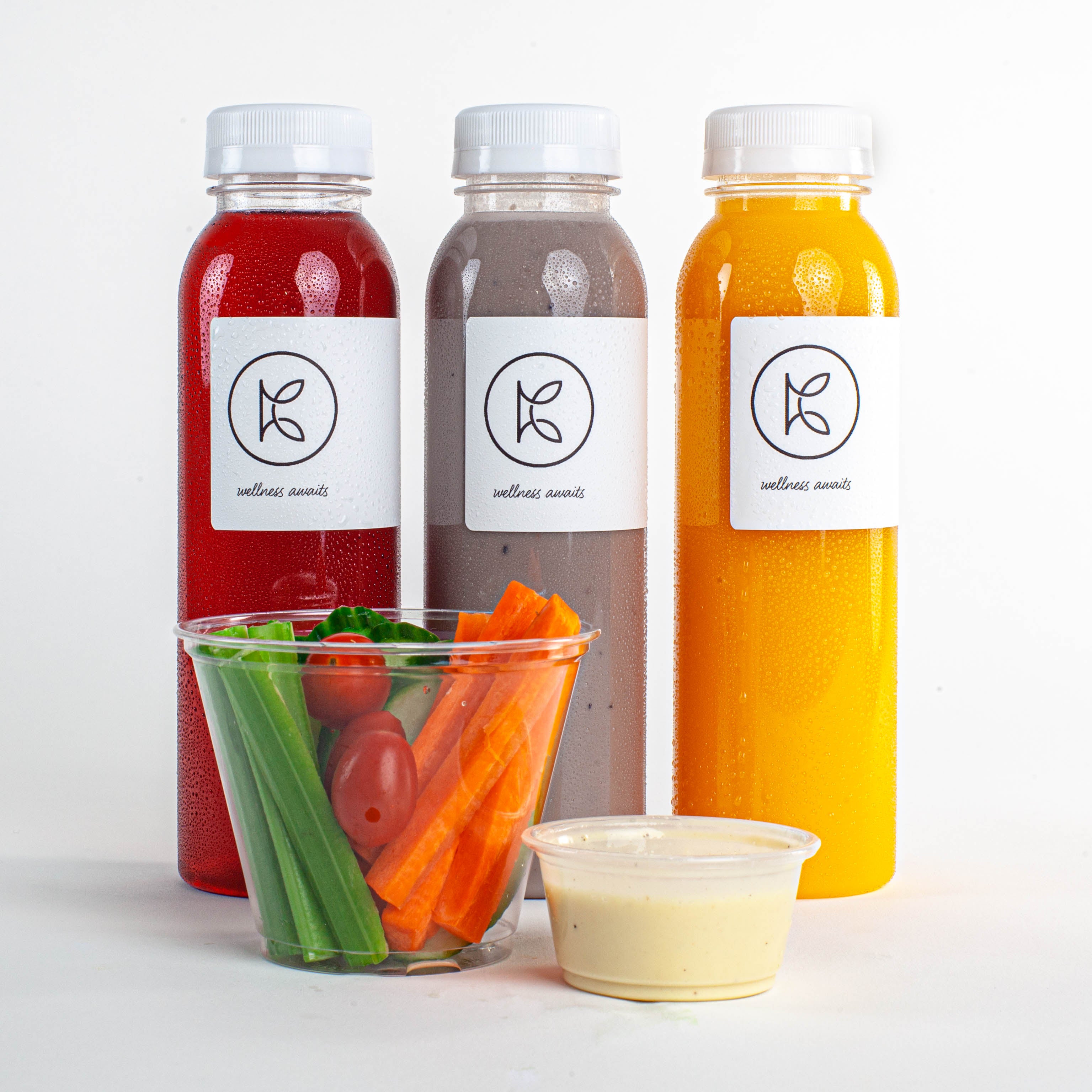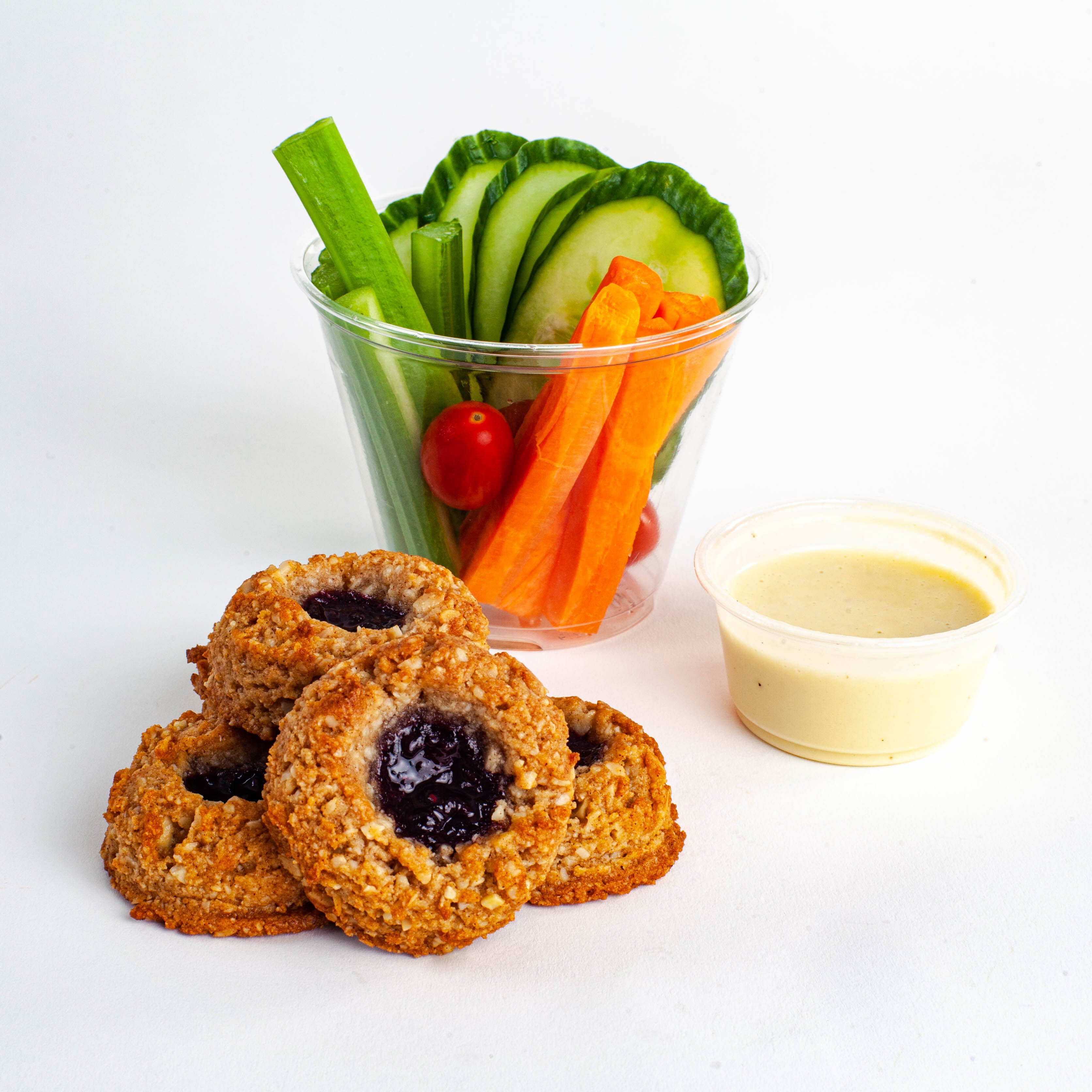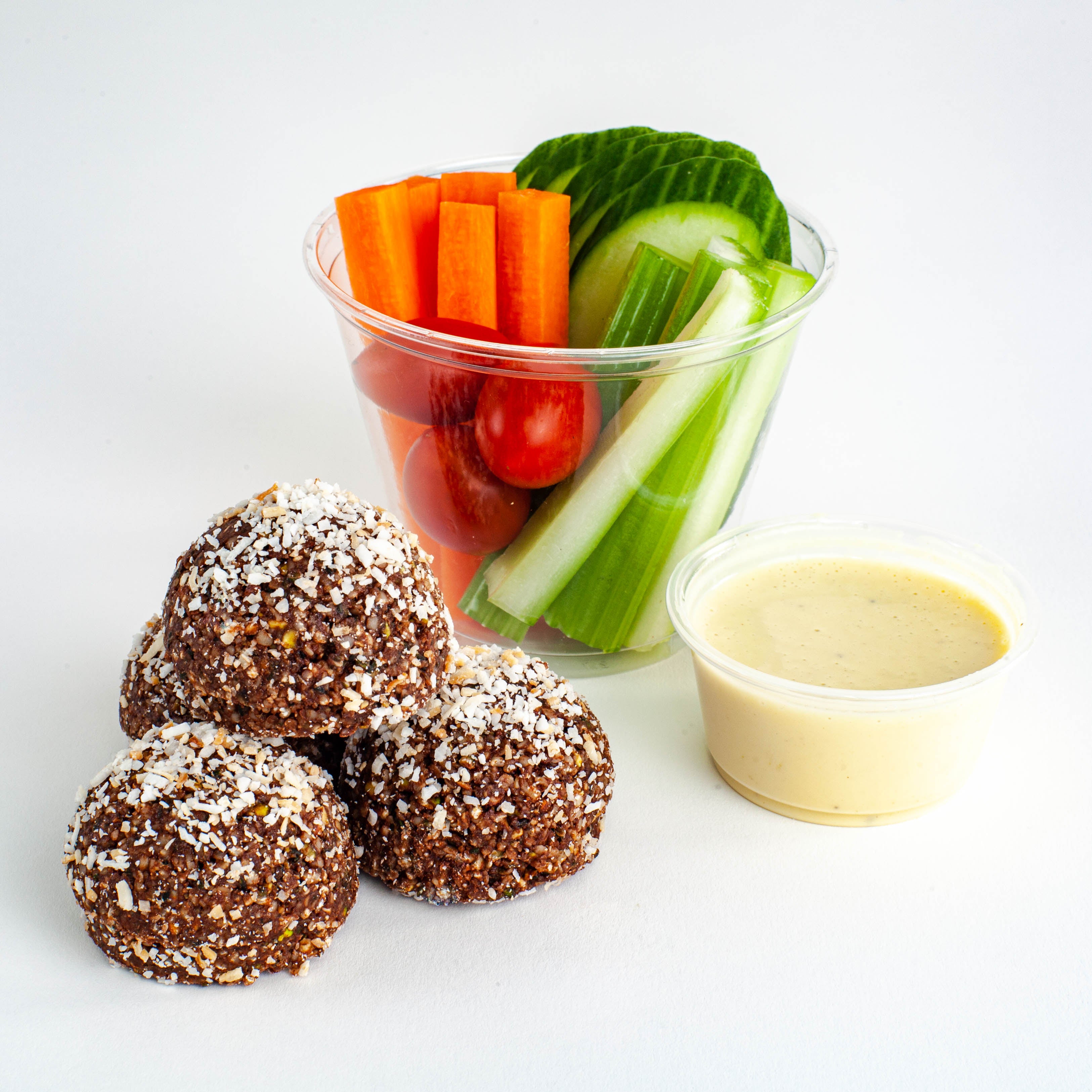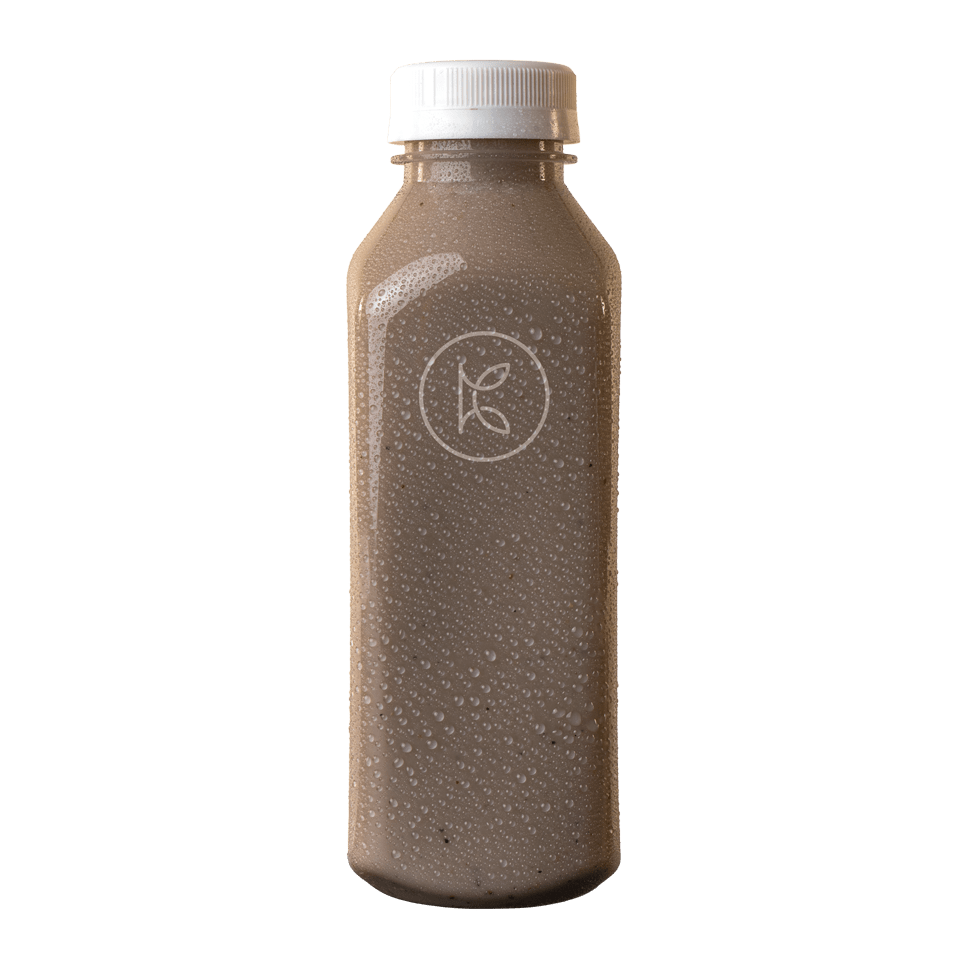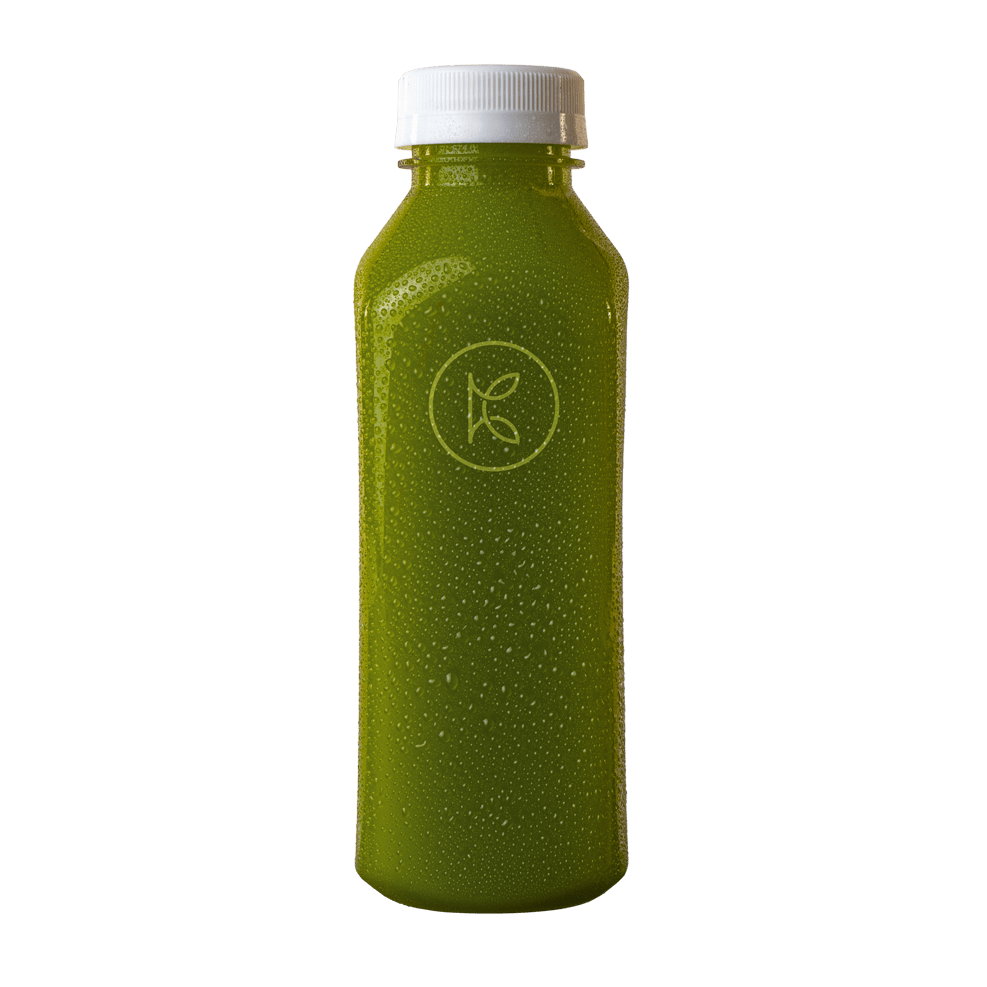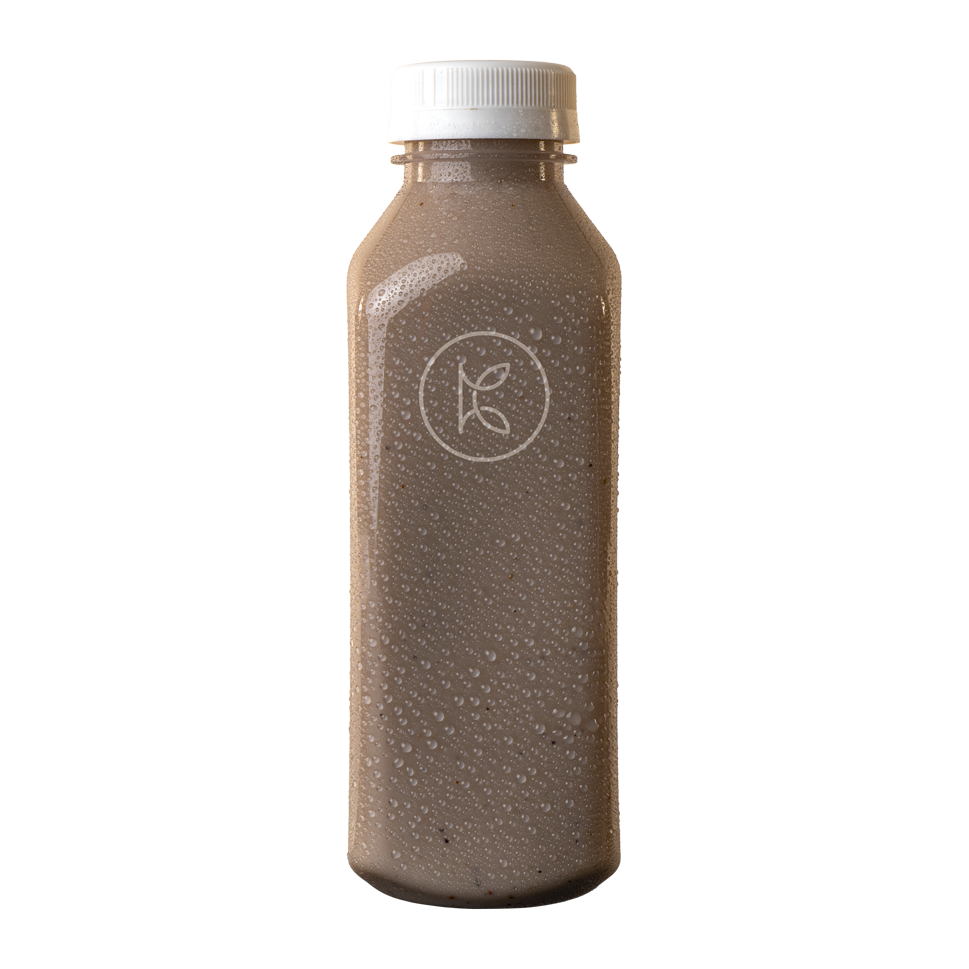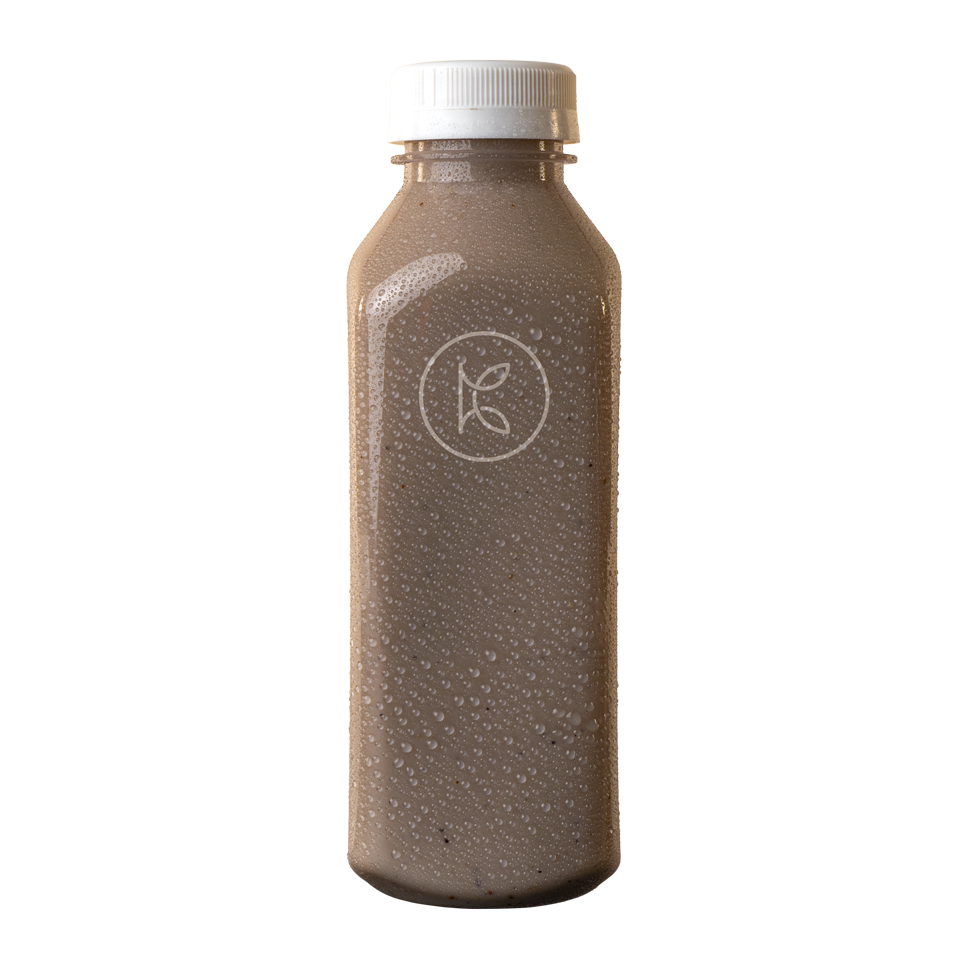Things are about to heat up!
Welcome to the #KooshiLife !
To navigate through the "Macros Breakdown," "Heating Instructions," and "Bag Pickup and Recycling" sections, try these steps:
- Trackpad: Use two fingers to swipe left or right on your trackpad to scroll horizontally. This method allows you to move between different sections smoothly.
- Keyboard: You can also use the left and right arrow keys to scroll horizontally if the page supports it.
- Scroll Bar: Look for a horizontal scroll bar at the bottom of the page. If it’s visible, you can click and drag it left or right to move between sections.
Macros Breakdown
Heating Instructions
Recycling / Bag Pick Up
Macros Breakdown
The calorie count provided is for three meals per day, totaling 1200, 1500 and 2500 calories daily.
The values listed per program are per individual meal, ensuring balanced nutrition throughout your day. If you have questions, please reach out to our customer support team. We're here to help you on your health journey.
850 Calorie Meal Program
- Protein: 2.3 ounces (approximately 65 grams)
- Vegetable: 1.7 ounces (approximately 48 grams)
- Carbohydrates: 1.7 ounces (approximately 48 grams)
- Fats: 0.85 ounce (approximately 24 grams)
- Fiber: 5-6 grams
1000 Calorie Meal Program
- Protein: 2.7 ounces (approximately 76 grams)
- Vegetable: 2 ounces (approximately 57 grams)
- Carbohydrates: 2 ounces (approximately 57 grams)
- Fats: 1 ounce (approximately 28 grams)
- Fiber: 6-7 grams
1200 Calorie Meal Program
- Protein: 3.2 ounces (approximately 91 grams)
- Vegetable: 2.4 ounces (approximately 68 grams)
- Carbohydrates: 2.4 ounces (approximately 68 grams)
- Fats: 1.2 ounce (approximately 34 grams)
- Fiber: 8 grams
1500 Calorie Meal Program
- Protein: 4 ounces (approximately 113 grams)
- Vegetable: 3 ounces (approximately 85 grams)
- Carbohydrates: 3 ounces (approximately 85 grams)
- Fats: 1.5 ounces (approximately 42 grams)
- Fiber: 10 grams
1800 Calorie Meal Program
- Protein: 4.8 ounces (approximately 136 grams)
- Vegetable: 3.6 ounces (approximately 102 grams)
- Carbohydrates: 3.6 ounces (approximately 102 grams)
- Fats: 1.8 ounces (approximately 51 grams)
- Fiber: 12 grams
2000 Calorie Meal Program
- Protein: 5.3 ounces (approximately 150 grams)
- Vegetable: 4 ounces (approximately 113 grams)
- Carbohydrates: 4 ounces (approximately 113 grams)
- Fats: 2 ounces (approximately 56 grams)
- Fiber: 13 grams
2500 Calorie Meal Program
- Protein: 6.7 ounces (approximately 190 grams)
- Vegetable: 5 ounces (approximately 142 grams)
- Carbohydrates: 5 ounces (approximately 142 grams)
- Fats: 2.5 ounces (approximately 70 grams)
- Fiber: 17 grams
3000 Calorie Meal Program
- Protein: 8 ounces (approximately 226 grams)
- Vegetable: 6 ounces (approximately 170 grams)
- Carbohydrates: 6 ounces (approximately 170 grams)
- Fats: 3 ounces (approximately 84 grams)
- Fiber: 20 grams
These values provide a balanced macronutrient profile for each of the specified calorie levels. Keep in mind that these are approximate values and can be adjusted as needed to meet specific dietary requirements or preferences.
The macro list provided is a general guideline based on the specific calorie and macro combinations. Whether it represents an ideal measurement for a healthy diet depends on various factors, including individual nutritional needs, dietary preferences, activity levels, and overall health goals.
Here are some considerations:
- Individual Needs: Everyone's nutritional needs can vary based on factors such as age, gender, weight, height, activity level, and any specific dietary restrictions or health conditions.
- Balanced Diet: A balanced diet typically includes a variety of foods from all food groups, including protein sources, vegetables, carbohydrates, healthy fats, and fiber-rich foods. The macro list provided attempts to distribute these macronutrients in a balanced way.
- Total Calories: The total calorie intake plays a significant role in determining whether a diet is suitable for your goals. The calorie levels mentioned (1200, 1500, and 2500) can be appropriate for different individuals, depending on their specific needs and objectives.
- Nutrient Density: In addition to macros, the quality of the food you consume is crucial. We strive to provide nutrient-dense foods that provide essential vitamins, minerals, and antioxidants. Incorporating a variety of colorful fruits and vegetables.
- Personalization: To determine an ideal measurement for a healthy diet, it's often best to work with a registered dietitian or nutritionist who can assess your unique needs and help create a personalized plan.
- Lifestyle Factors: Consider your lifestyle, physical activity level, and any dietary preferences when designing a diet plan. Some people may require more protein or fats due to their fitness goals or dietary choices.
Ultimately, the "ideal" measurement for a healthy diet varies from person to person. It's important to consult with a healthcare professional or registered dietitian to develop a nutrition plan that aligns with your specific goals and ensures you're meeting your individual nutritional requirements.
Reheating Instructions
ALWAYS REMOVE ANY PLASTIC CONTAINERS INSIDE YOUR MEALS BEFORE HEATING (e.g., DRESSINGS AND SAUCES)
Heating instructions for combined dishes in various categories, including eggs, fish, meat, sandwich wraps, and salads, when all the ingredients are combined in one dish. Please note that these are general guidelines, and heating times may vary depending on the specific dishes and appliances used.
Eggs, Omelettes, and Frittatas:
Microwave: Use our BPA-free, microwave-safe container or plate. Cover with a microwave-safe lid or microwave-safe plastic wrap. Heat on medium power (50-70%) for 1-2 minutes or until the eggs are heated through.
Oven: Preheat your oven to 350°F (175°C). Transfer the egg dish to an oven-safe dish, cover with aluminum foil, and heat for 10-15 minutes or until eggs are heated through.
Fish and Seafood:
Microwave: Use our BPA-free, microwave-safe container or plate. Cover with a microwave-safe lid or microwave-safe plastic wrap. Heat on medium power (50-70%) for 1-2 minutes per 3-4 ounces of fish, or until the fish is heated through.
Oven: Preheat your oven to 350°F (175°C). Transfer the fish dish to an oven-safe dish, cover with aluminum foil, and heat for 10-15 minutes or until the fish is hot.
Meat (meat-based dishes):
Microwave: Use our BPA-free, microwave-safe container or plate. Cover with a microwave-safe lid or microwave-safe plastic wrap. Heat on medium power (50-70%) for 1-2 minutes per 3-4 ounces of meat, or until the meat is heated through.
Oven: Preheat your oven to 350°F (175°C). Transfer the meat dish to an oven-safe dish, cover with aluminum foil, and heat for 10-15 minutes or until the meat is hot.
Vegetarian Dishes:
Microwave: Use our BPA-free, microwave-safe container or plate. Cover with a microwave-safe lid or microwave-safe plastic wrap. Heat on medium power (50-70%) for 1-2 minutes or until the dish ingredients are heated through.
Oven: Preheat your oven to 350°F (175°C). Transfer the dish ingredients to an oven-safe dish, cover with aluminum foil, and heat for 10-15 minutes or until dish ingredients are heated through.
Sandwich Wraps:
Microwave: Use our BPA-free, microwave-safe container or plate. Cover with a microwave-safe lid or microwave-safe plastic wrap. Heat on medium power (50-70%) for 1 minute or until the wrap is heated through.
Oven: Preheat your oven to 350°F (175°C). Place the sandwich wrap on an oven-safe dish or baking sheet and heat for 2-5 minutes or until hot.
Salads:
Salads are typically served cold, so they do not require heating. However, if you want to warm up specific components of the salad (e.g., grilled chicken or roasted vegetables), you can follow the heating instructions provided earlier for the respective protein or vegetable items.
Always exercise caution when handling hot dishes and use oven mitts or pot holders to avoid burns. Ensure that the food reaches a safe internal temperature before consuming. Specific heating times may vary based on the quantity and type of food, so it's a good practice to check the food periodically to avoid overcooking.
Recycle Without the Risk
Please leave your empty delivery bags and ice packs outside your front door the night before your scheduled delivery. Our team will pick them up for recycling, making a positive impact on the environment.
Thank you for your support in our sustainability efforts.

